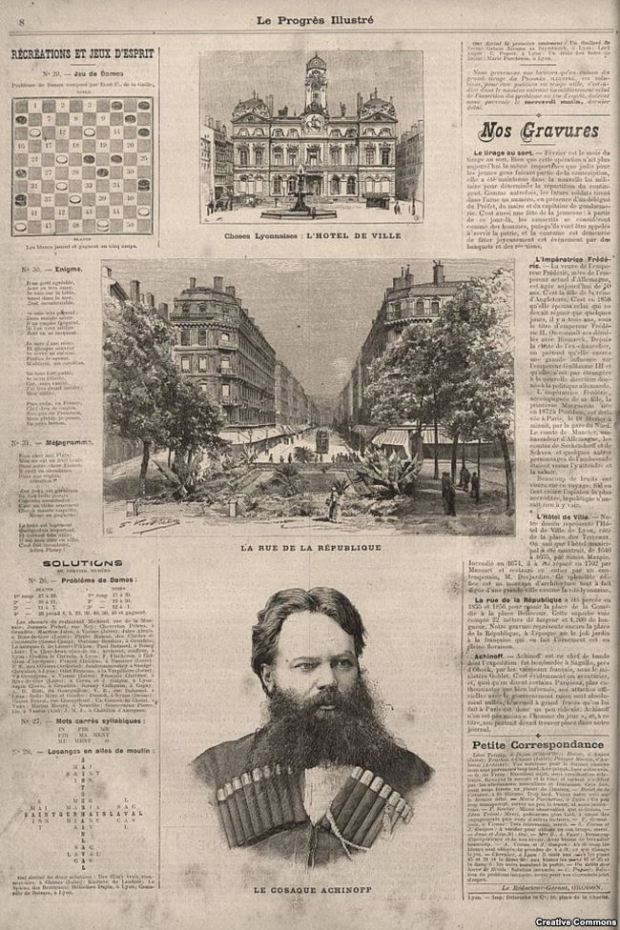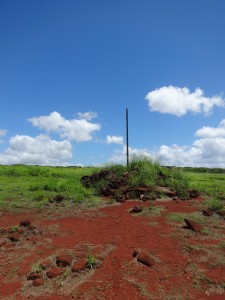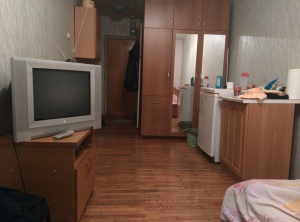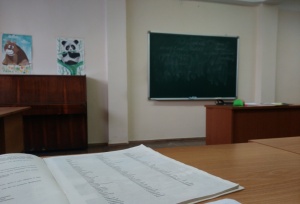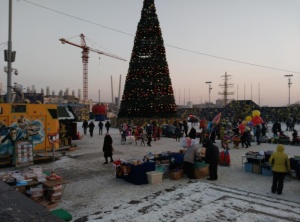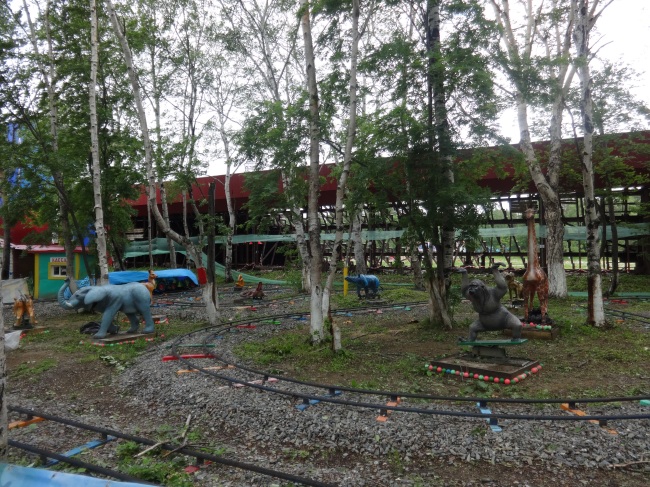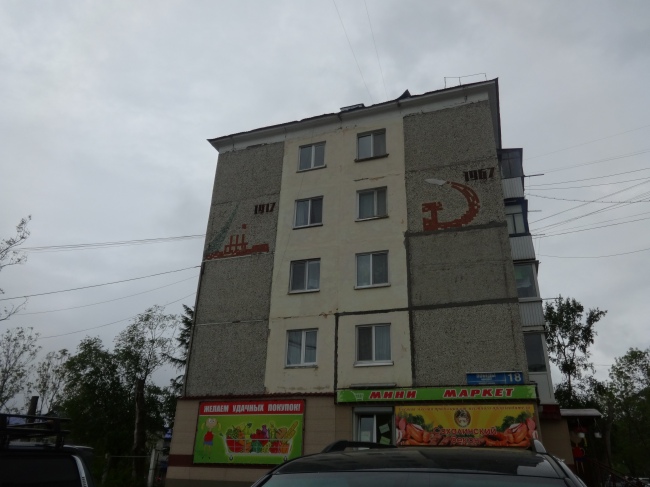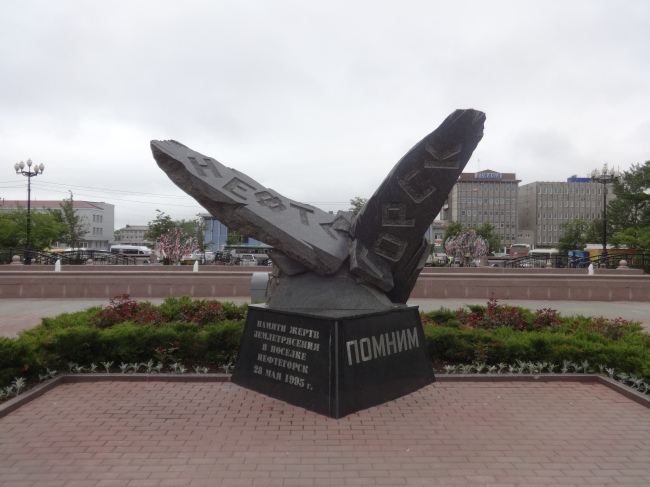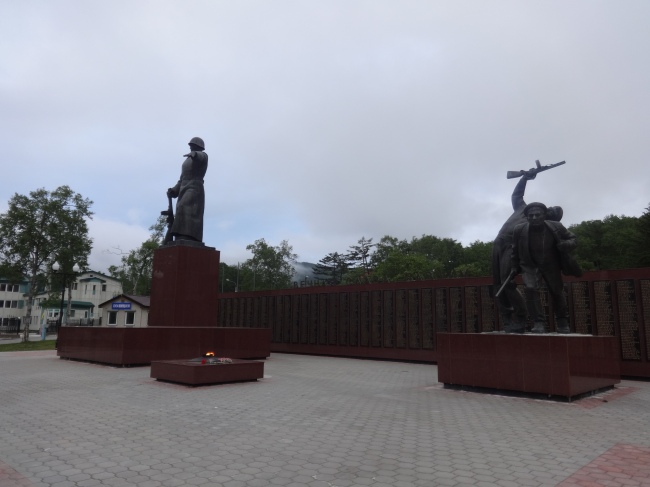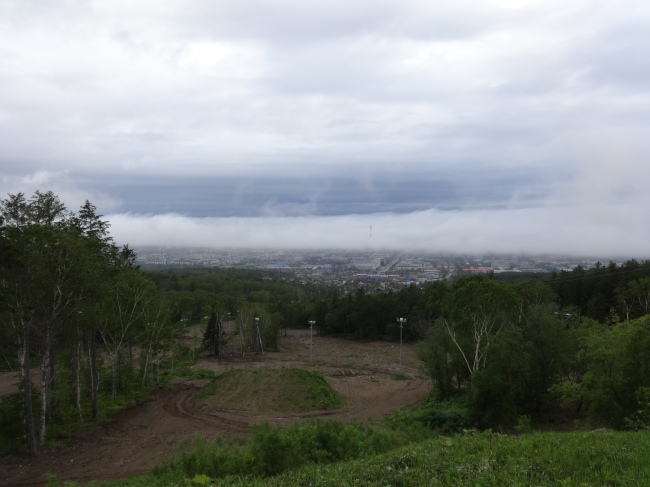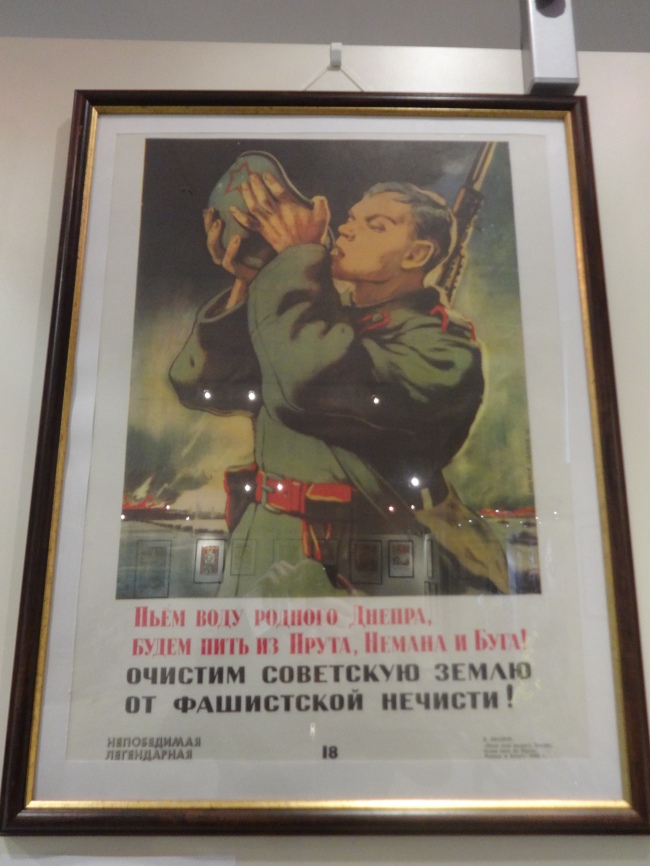I’m no doubt a few days late to the party in commenting on the latest Stratfor predictions for the coming decade of 2015-2025, but given they’ve made some very bold predictions about the future of Russia I’m willing to throw in my two kopecks worth. For those who haven’t read the latest report, you can see it here. For those of you who have, you’ll know that they “expect Moscow’s authority to weaken substantially, leading to the formal and informal fragmentation of Russia.” Going into further detail, they predict that “To Russia’s west, Poland, Hungary and Romania will seek to recover regions lost to the Russians at various points. They will work to bring Belarus and Ukraine into this fold. In the south, the Russians’ ability to continue controlling the North Caucasus will evaporate, and Central Asia will destabilize. In the northwest, the Karelian region will seek to rejoin Finland. In the Far East, the maritime regions more closely linked to China, Japan and the United States than to Moscow will move independently. Other areas outside of Moscow will not necessarily seek autonomy but will have it thrust upon them. This is the point: There will not be an uprising against Moscow, but Moscow’s withering ability to support and control the Russian Federation will leave a vacuum. What will exist in this vacuum will be the individual fragments of the Russian Federation.” And the final part that caught my eye was in the discussion on East Asia, where they predict that “China cannot easily turn nationalism into active aggression. China’s geography makes such actions on land difficult, if not impossible. The only exception might be an attempt to take control of Russia’s maritime interests if we are correct and Russia fragments. Here, Japan likely would challenge China.” and that “Fighting over the minor islands producing low-cost and unprofitable energy will not be the primary issue in the region. Rather, an old three-player game will emerge. Russia, the declining power, will increasingly lose the ability to protect its maritime interests. The Chinese and the Japanese will both be interested in acquiring these and in preventing each other from having them. We forecast this as the central, unsettled issue in the region as Russia declines and Sino-Japanese competition increases.” These three points are all connected, and I’ll address them in two parts.
The Collapse of Russia
The starting point of these predictions is that over the next decade, due to pressures on the economy and the ruble, the current political and economic structures of governance within Russia, and the decline in influence of central government and the security apparatus, the Russian Federation will formally and informally decline to the point of collapse, with the federation splitting into numerous smaller, independent entities. I’ll note that they don’t explicitly say the federation will split up, but when you predict that various territories will leave, including large swathes of it, you can only mean the end of the country as we know it. Based on that, I’m writing from the belief that they predict the end of Russia as we know it. It’s not a new prediction, infact it’s almost becoming a cliché that every now and then the collapse of Russia will be highly anticipated and grossly exaggerated. Whether it’s political collapse, economic collapse or demographic collapse…you name it, the books and articles have been published predicting it. Even a cursory look at history however will show this to be highly unlikely. Since the turn of the 20th century alone, Russia has faced and seen off internal revolutions, civil war, a failed socialist experiment, foreign invasion, the collapse of the Soviet Union, economic crashes, demographic challenges and various economic and political sanctions. And yet there she is, in all her glory, still standing and coming back for more. If a century of cyclical turmoil, and particularly in eras where technological capabilities were lower and the central government had less ability to unify the country through national ideals and opinions, it’s difficult to see how anyone can predict the collapse of Russia within a decade. Notwithstanding a spectacular natural disaster or a massive military defeat and forced partition, the latter of which in the past has failed to split up the core areas of the country for any meaningful length of time, Russia will still be here in a decade.
However, let me focus more specifically on the crux of the argument in the report: “Given the organization of the federation, with revenue flowing to Moscow before being distributed directly or via regional governments, the flow of resources will also vary dramatically. This will lead to a repeat of the Soviet Union’s experience in the 1980s and Russia’s in the 1990s, in which Moscow’s ability to support the national infrastructure declined. In this case, it will cause regions to fend for themselves by forming informal and formal autonomous entities. The economic ties binding the Russian periphery to Moscow will fray.” At the outset it’s an argument based on certain ideas of how states operate. When things are going well and the centre is strong, periphery regions or minority nationality regions go with the flow, enjoying the success and wealth that association in the state brings. This argument has been used to analyse a number of countries, from the UK, to Italy, to Malaysia at the time when it included Singapore. When things aren’t going so well, those periphery and minority regions become unhappy and start doing things on their own, or even pushing for their independence. We’ve seen it recently with the Scottish independence referendum, the cycles of tensions in Italy between North and South, and the racial and economic tensions that led to Singapore’s independence from Malaysia. The problem with using this starting point to view Russia is that it doesn’t take each region as a separate entity, it doesn’t acknowledge that most regions are Russian-majority regions, and it doesn’t take note of geography. Of all the Russian regions, only a handful are not a Russian-majority. Most of them are in the Caucasus area, with the exceptions being Bashkortostan, Sakha and Tuva. Undoubtedly it’s credible to imagine the Caucasus areas being comfortable settling for independence if Russia was collapsing, but Bashkortostan and Sakha are in very unfavourable geographic locations for independence, are very comfortable with identifying as a minority race but still being Russian, and have very different interests from each other. Tuva is the only one of those three outliers with a history of tension towards Russians, and of existing outwith the Russian Federation. The second problem I have with their argument is that it specifies the periods of the 1980s and 1990s, with the collapse of the Soviet Union and the tensions between centre and periphery becoming more prominent. I agree that there were tensions between centre and periphery, but I think they’ve failed to learn some of the lessons on why these movements ultimately failed to succeed.
When the authority of a central government weakens or loses the ability to adequately finance the regions, those regions by necessity have to take on some level of autonomy to get day-to-day things done. Pay bills and wages, ensure the smooth running of imports and exports, secure their borders, maintain local law and order…countless number of things really. In the Russian case, the economic issue was huge. When you add in the levels of corruption that were prevalent in Russia at the time, it was devastating for many regions and citizens rightly were furious and demanding changes. What you rarely saw, outside of the Caucasus, was any movement towards independence. Some regional leaders hinted at it, in the Russian Far East this was predominantly Mikhail Nikolayev of Sakha and Yevgeny Nazdratenko of Primorskiy, but crucially they never tried to implement it. The threat of separatism was a bargaining chip, an emotional lever, a populist statement, and a way to try and pressure more finance and influence from central government. Very quickly after these pressures reached a crescendo, larger republics like Sakha and Tatarstan received further benefits in deals with the central government, and soon thereafter gave more support to the centre. Even after the financial pressures in Russia from 1997, with the drastic decline of Yeltsin, and the military failures in Chechnya, the regional alliances had a chance to achieve greater autonomy or independence. But when 1999 legislative elections arrived, the elites abandoned their support for the ‘Fatherland – All Russia’ party at a late hour (as well as a lot of good PR for Unity Russia in the media, admittedly). By 2001, they had merged with Unity Russia to form United Russia.
Why this collapse and change of heart, just when it seemed they had reached a new level of political strength? Because what the elites really wanted was not autonomy, nor independence, nor a collapse of the Russian state. They opposed the central government because it was weak and they did not consider that it would create a solid future for Russia. When the elites knew that changes had arrived in the political landscape, they saw the strength and unity they had hoped for. He gave them a vision and they believed in it. Much like the average Russian citizen, the elites generally love their country and want it to succeed. The latest Levada poll confirms some of those ideas that the strength of the government is more important than what western countries would consider democratic. Opposition politics is simply an outlet for when dialogue is needed with the government, and not as a system of changing the elites. Whether it works well or not, populations will usually go with the system that favours their national traits, and in Russia this requires more networks and strength than democracy and debate. ‘Sistema’, if you will. Ultimately, no matter the troubles Russia may face in the coming decade, as long as they have leaders at the helm with strength, determination and a vision, the Russian elites and the general population will stick together, for better or worse. Never underestimate the ability of an ethnic group to stick together in tough times.
Various Regions Will Secede or be Absorbed by Other States
The second quote I picked out from the report was the suggestion that Central and Eastern European states will attempt, in the face of a Russian collapse, to take back territories they feel were historically theirs. In addition to this, the Caucasus will go it alone, Karelia will try to join Finland, the Central Asian states will destabilise, and a number of the Far Eastern regions will join together in an independent state. The third quote I feel is a continuation of this, wherein Japan and China both see the Russian collapse as an opportunity to absorb some areas of the Russian Far East, presumably the Amur and Primorsky regions for China, and the Kuril Islands for Japan. Some of these suggestions I feel are actually more credible, but only if you can stretch your imagination and believe that the extremely unlikely first premise comes to pass. Nevertheless, I’ll address some of them. I won’t discuss Central and Eastern European thoughts on reclaiming territory as it’s not my region of expertise, and neither are the Caucasus, Central Asia or Karelia. You can make up your own mind on those, though in short I think that Karelia isn’t very likely whereas the others might be. The Far Eastern ones are more interesting. I’ve accumulated what I would consider, at a minimum, a decent knowledge of the history and present of places like Vladivostok and Khabarovsk. I’ve followed the evolution of events from their starting development to modern attempts at development and economic growth with Asian countries. In my view, the level of support for independence here is extremely low. Even when I’ve played devil’s advocate and brought up periods like the Far Eastern Republic in conversation, people either don’t know, don’t care, or don’t want to see it happen again. There are no opinion polls showing a critical mass or even a significant minority of support for it. I’m sure there are a few patriots out there, but I’m not finding them. Going by that, and the fact that even regional elites have ceased all talk of independence since the populist days of Nazdratenko, I consider it extremely unlikely that a voluntary independence movement would form here.
If it was somehow enforced by a Russian collapse outwith their control, I would also find it hard to imagine that they would happily be absorbed by China or Japan. There are still a lot of military units out this way that would feel the same, and I doubt China are going to sacrifice countless soldiers to make it happen. Although the population of the Russian Far East is also relatively small, you would be absorbing an unhappy population of a few million people who don’t speak Mandarin, have no cultural connections to China, and require massive spending to bring their regions up to scratch. There are just too many political and economic risks involved, with surrounding Asian countries all likely seeing it as Chinese aggression. As for Japan and the Kuril Islands, that’s more realistic, though I still can’t see it happening by force. For one, there’s the aforementioned military units the Russian Far East has to raise as a defence, combined with the limited ability of Japan to conduct an independent attack. Secondly, they would no doubt need the approval of the USA to make such a move, and I think even they would be reluctant to do it. There are too many possibilities for it to stretch into a larger war with China, or other nations who would be left with the principle of complaining about the Crimean accession to Russia and being faced with a similar movement by Japan with the Kuril Islands. On the other hand, I could see the diplomatic route as viable. If Sakhalin had to go it alone, there may well be enough of a financial incentive to give the islands to Japan in exchange for economic and diplomatic support, with the concept of inviolable Russian soil already having been lost. This is the only viable change I could see coming about in the unrealistic scenario, and I still think it’s not a certainty.
Summary
In short, I see the Stratfor predictions on Russia as starting from an unrealistic base, possibly an overtly biased one, which makes me see it as unlikely that the events will come to pass. I don’t know the underlying theories or analysis that make them think that these events will happen, but I’ve offered up my own thoughts based on analysis and personal opinion. The later parts of their predictions at least have a bit more realism, but are still unlikely in my view, and so I can’t recommend taking them as realistic. If you feel differently or have other views, feel free to leave a comment below. But if Russia collapses within a decade, I’ll eat my kilt.

